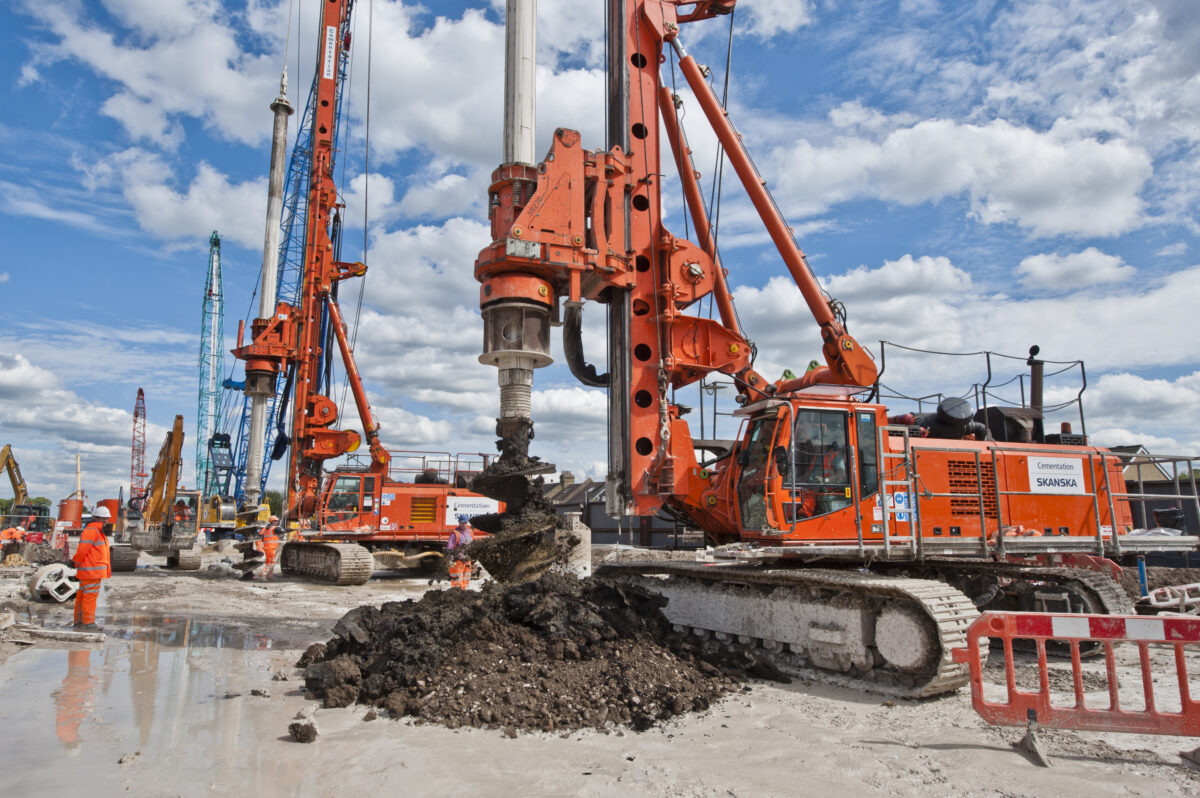Piling vs. Traditional Foundations: Which is Better?

Foundations are the crucial element of any structure as they distribute its weight evenly across the ground. Without a strong foundation, buildings risk settling, shifting, or even collapsing. Two primary methods for establishing foundations are piling and traditional shallow foundations. Piling is often preferred in London due to soft clay soil and high water table. You have to hire reputable piling contractors in London to install piles in the ground.
Traditional foundations typically rely on footings or slabs near the surface to support the structure. Deciding between these methods is a critical step in any construction project. To make an informed decision, you need to thoroughly understand their differences. In this post, we will compare piling and traditional foundations based on different criteria.
Comparing Piling with Traditional Foundations
Load-Bearing Capacity
The load-bearing capacity of a foundation is crucial for ensuring the stability of your structure. Piling foundations generally offer superior load-bearing capacity, especially in areas with weak or unstable soil. Piles are driven deep into the ground to reach solid bedrock or dense soil layers that can support heavy loads with ease.
On the other side of the spectrum, traditional foundations have low load-bearing capacity and they distribute the load near the surface. It can be a major problem in areas with loose or soft soil. You can opt for it if the soil at the construction site is stable and the risk of water lodging is negligible.
Site Conditions
Site conditions are a major criterion on which basis you need to compare these two types of foundations. It has a pivotal role in determining the appropriate foundation type. Piling is often the preferred choice for sites with poor soil conditions or high water tables. It’s also preferred in areas prone to flooding, earthquakes, and other natural disasters. The deep penetration of piles allows them to bypass weak soil and reach more stable layers. As a result, they can provide a solid foundation for heavy structures.
Traditional foundations are effective on stable, dry, and level ground only. They aren’t a good choice in areas with unstable soil conditions. Based on site conditions, piling can offer a more reliable solution, ensuring that the foundation remains secure in all circumstances.
Construction Time
Piling is a time-consuming process due to the need for heavy equipment and precise engineering. The method of driving piles deep into the ground can be slow, especially if the soil is dense or if multiple piles are required. Moreover, the skills of contractors can also impact the construction time.
On the other hand, traditional foundations, such as footings and slabs, are generally easy to install. It means opting for them can save you a considerable time and speed up the construction project. They involve less complex machinery and fewer specialised skills, allowing for faster construction. However, they are effective only on sites with favourable conditions.
Cost
You cannot decide which foundation type is right for you without comparing the cost. It’s a significant consideration. Piling is often considered as more expensive due to the need for heavy machinery, specialised labour, engineering expertise, and the materials required for deep foundations. However, this high cost is justified by the durability and stability offered by this foundation type.
Meanwhile, traditional foundations are typically less expensive to install. They require less specialised equipment and labour, which can reduce the overall expense. However, it can be used only in suitable areas. If your construction project is in an area with loose or unstable soil, saving money by opting for traditional piles can risk the stability of your building.
Durability and Maintenance
Piling foundations are known for their durability, particularly in areas where soil stability is compromised. The deep placement of piles helps protect them from environmental factors such as water erosion. Therefore, they last for an extended duration and you don’t have to pay attention to their maintenance.
On the contrary, traditional foundations offer less durability. They are more susceptible to damage from environmental factors and soil movement. Therefore, you can opt for this foundation type when the soil is stable and ecological conditions are not moderate.
Versatility
Piling is the most versatile type of foundation. You can opt for different piling types to accommodate your special requirements. For instance, mini-piling is the best option in areas with limited head space. Similarly, contiguous walls can be used to retain structures in areas where soil stability is compromised.
On the other hand, traditional foundations are not versatile. They are primarily available in the form of slabs or footings and are effective only in areas with stable soil and low water table.
Final Verdict
Both piling and traditional foundations have their advantages and disadvantages. However, piling is a more reliable option as it offers high durability and stability in all soil conditions. High upfront costs associated with piling are justified by their longevity.









